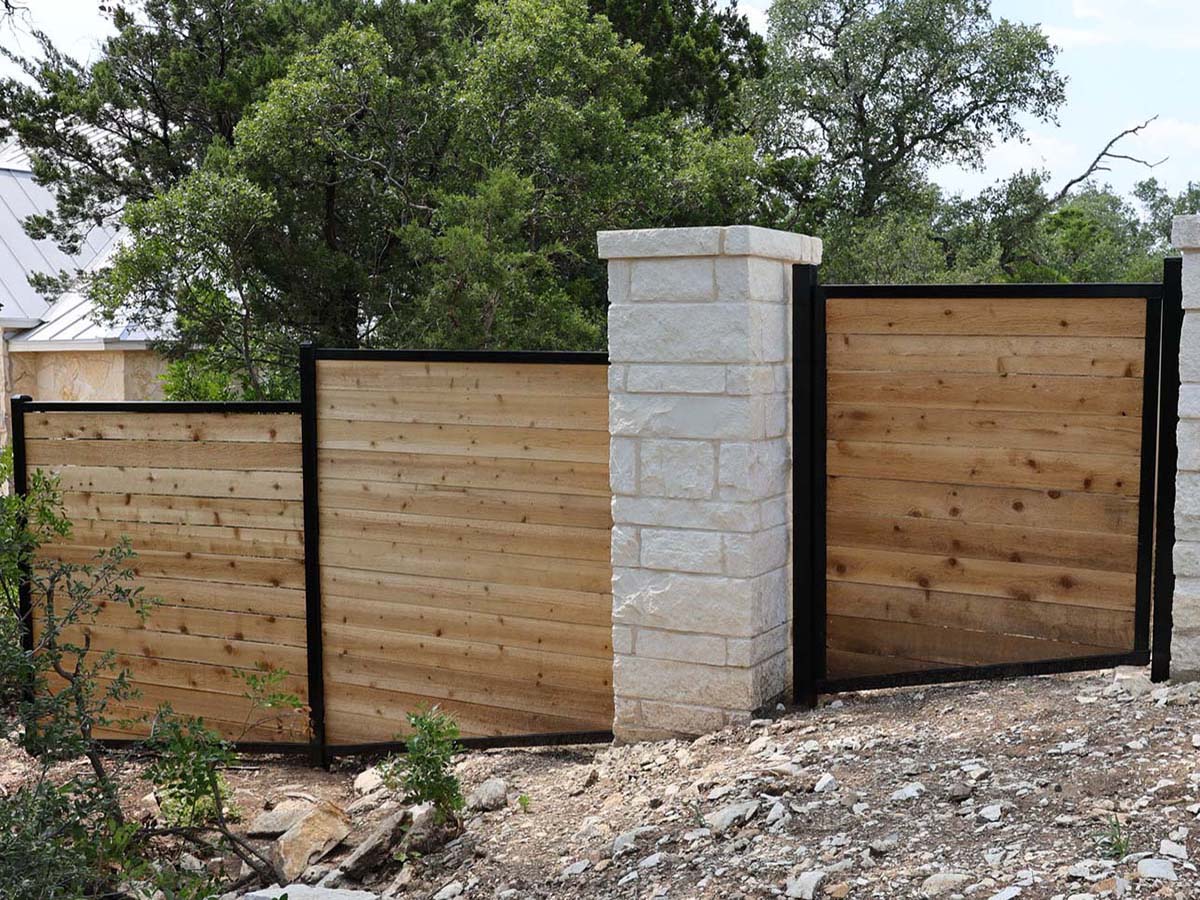All Categories
Featured

A fencing is a useful enhancement to any residential or commercial property, giving protection, personal privacy, and boosting the general visual allure of your home or company. Like any outdoor structure, a fencing will naturally use down over time due to direct exposure to the elements, mishaps, or merely age. Acknowledging the indicators that your fence requires to be replaced can assist you prevent additional damage and preserve the safety and appearance of your property. Below are some key indications that it's time to replace your fencing.

- Noticeable Damages or Deterioration
One of the most obvious indications that your fence requires to be changed shows up damages. Whether it's from weathering, crashes, or pests, any major splits, splintering, or missing out on boards can substantially reduce the structural integrity of your fencing. If the damage is extensive and surpasses just a couple of fixings, replacing the whole fencing might be extra cost-effective over time.
- Leaning or Sagging
A leaning or drooping fence is a clear indicator of a trouble. Also if the fencing shows up to be leaning a little, it can be an indication of underlying structural concerns that can get worse with time.
- Worn Out or rotting Wood

Wood fences are particularly susceptible to rot and decay, specifically in locations that experience high degrees of dampness or moisture. If you discover that parts of your wooden fencing are soft, stained, or have visible mold, these are all indications of rot.
- Rust and Deterioration (For Metal Fencings)
If you have a steel rust, fence and rust are usual indicators of degeneration. If you see any kind of significant weakening or huge locations of rust, it may be time to consider replacing your metal fence.
- Fence No More Fulfills Your Demands
One more factor to replace your fencing might be that it no more serves its designated function. Gradually, your requirements might alter-- perhaps you need a greater fence for more privacy or a stronger one for raised safety and security. If your fencing no longer fulfills your needs or does not line up with your current preferences, it might be time to update to a new, more functional design.
- Fading and Staining
While fading and staining are normally cosmetic problems, they can still suggest that your fence is maturing. Exposure to UV rays and rough climate can cause fencings to lose their original color, making them look worn and dull. If the fading is considerable and you have actually already tried cleaning up and discoloring the fence, it could be time to change it to bring back the look of your residential or commercial property.
- Regular Repairs
If you locate on your own regularly fixing your fence, it could be a sign that the fencing is nearing the end of its lifespan. While small repair services can prolong the life of a fence, frequent fixes may indicate that the framework is no much longer steady. In this instance, it might be more cost-efficient to change the whole fencing as opposed to remaining to buy fixings.
Final Thought
Replacing a fencing is a significant financial investment, but it is crucial for keeping the safety, personal privacy, and visual charm of your residential or commercial property. If your fence is showing signs of damage, rot, leaning, or various other architectural concerns, it's vital to evaluate whether a replacement is essential. By identifying these indication early on, you can make educated choices concerning when to replace your fence, ensuring your residential or commercial property remains protected and visually appealing for many years ahead.
Latest Posts
Explore Affordable Auto Repairs with Montclare’s Monthly Service Specials
Published May 24, 25
1 min read
Uncover Brake Repair & More: Comprehensive Auto Care Solutions from Montclare Auto Repair
Published May 23, 25
1 min read
Shield and Improve Your Home with Weathercraft's Exterior siding Solutions
Published May 22, 25
1 min read
More
Latest Posts
Explore Affordable Auto Repairs with Montclare’s Monthly Service Specials
Published May 24, 25
1 min read
Uncover Brake Repair & More: Comprehensive Auto Care Solutions from Montclare Auto Repair
Published May 23, 25
1 min read
Shield and Improve Your Home with Weathercraft's Exterior siding Solutions
Published May 22, 25
1 min read